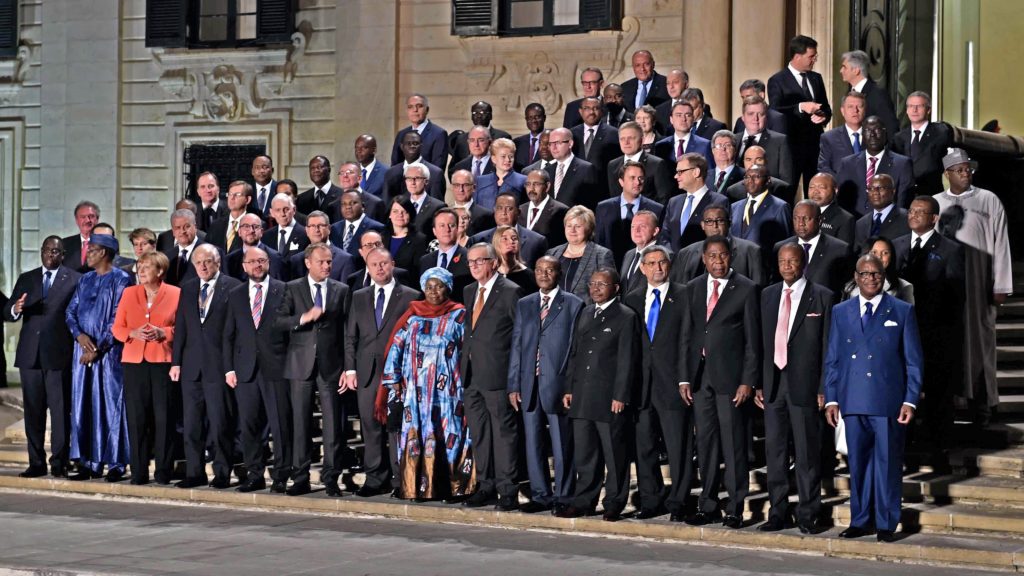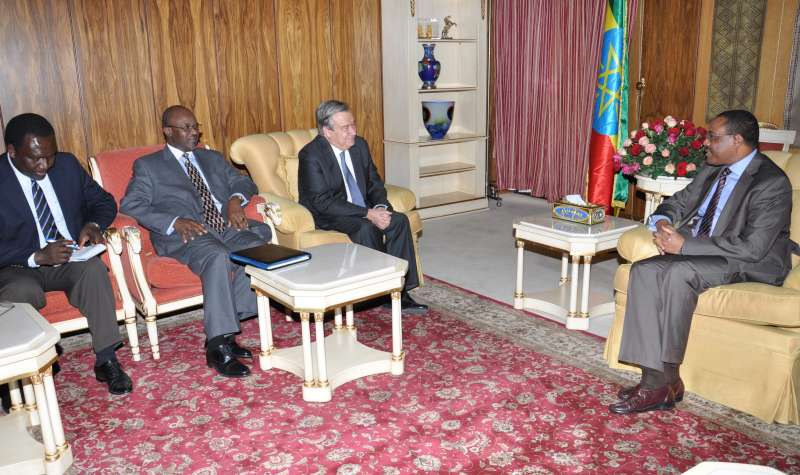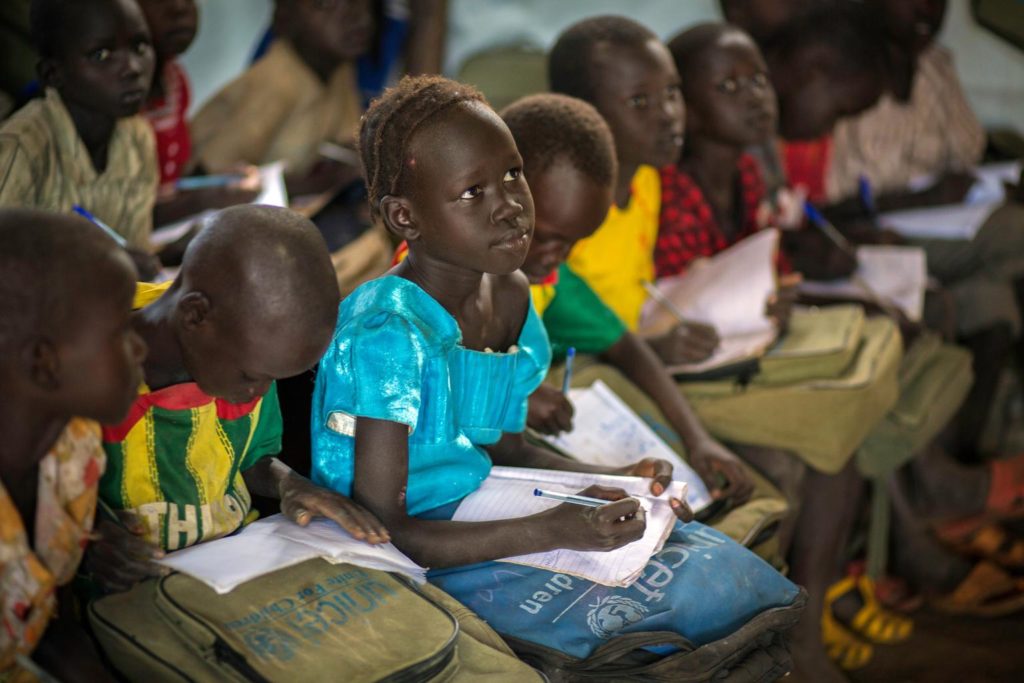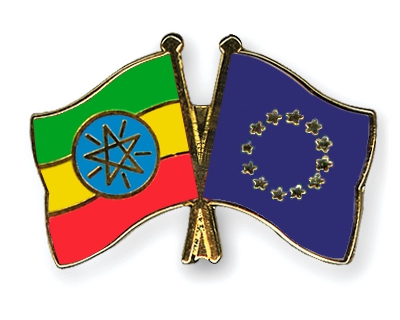This article was originally published in the 5th issue (October 2016) of The Ethiopian Messenger, the quarterly magazine of the Embassy of Ethiopia in Brussels
Since the Spring 2015, the migrant crisis has emerged as one of the major issues that will come to define our times. A year ago, the Valletta Migration Summit gave the first impetus to find concrete solutions to this challenge and in June 2016, the Commission proposed a new Partnership Framework with third countries. Although very recent, this initiative could start a new dynamic in the EU migration policy and make African governments more accountable to their citizens. However, the EU should not forget that the current migration challenge is first and foremost a global political issue that needs to be dealt with on the long term.

A new chapter in migration policy
Following the March 2016 agreement with Turkey which drastically reduced migration flows on the Aegean route, the EU planned to conclude similar deals with African nations to address the increasing surge across the Central Mediterranean. Africans attempting to reach Europe are widely perceived to be economic migrants, and in the absence of a formal agreement, EU member states have long struggled to return them. In June 2016, an ambitious Partnership Framework with five African countries (Ethiopia, Niger, Mali, Senegal and Nigeria) was launched. This agreement contains two key elements: directing European funds to infrastructure projects in Africa and reaching a return and readmission goals of 50 percent over the next three to six months and 75 percent by 2018-2019.
Compared to the Rabat process (2006) and the Khartoum process (2014), its scale is much more ambitious. In addition to offering answers to immediate migration pressure, it will make a deeper investment in tackling root causes of irregular migration and open opportunities for regular migration. In addition, the approach of the Commission hinges around the idea that the EU needs a joint effort involving all stakeholders in a unified framework – a welcome improvement to the current shattered policy. The new approach also promises to be a lasting one: in its list of priorities for the future of ACP-EU relations after 2020, the Commission put forward security and migration in their interdependence with the development agenda.
Making the new approach successful
Following its announcement, the Partnership framework received criticism. The approach has been criticized by some as paying third countries to do the “dirty work” of dealing with migrants and refugees in its place. Many European NGOs fear that the pressing objective of reducing arrivals in Europe might push EU countries to send back people fleeing persecution. It is true that not all Africans crossing the Mediterranean Sea are economic migrants. For instance, the approval rate of Nigerians is only 8 percent, even though the Boko Haram conflict in northern Nigeria has displaced millions; Somalians, South Sudan’s and Eritreans could also be included under this category.
Despite criticism, this approach has the advantage of offering a long-term solution to a complex issue, as proved by EU actions in Ethiopia. Ever since Ethiopia’s late Prime Minister Meles Zenawi established an open-door policy toward refugees, the country’s refugee population has grown to more than 800,000, the largest in Africa. And due to ongoing crises in neighboring countries, that number is increasing every day. In the first week of October alone, about 31,000 people crossed the border from South Sudan into Ethiopia’s.
As the key country for migration in the Horn of Africa, Ethiopia is making good progress in supporting, with the help of the EU, the livelihood opportunities for refugees. All stakeholders got their heads together and came up with a workable formula that would benefit both Ethiopians and the refugees. With the support of a joint initiative by the UK, the EU and the World Bank, the country is currently building two industrial parks aiming at generating a total of 100,000 jobs. In the future, the industrial park initiative will fit into a new and all-encompassing approach towards alleviating the plight of refugees staying in Ethiopia through better and more work opportunities, and through improved local integration and assimilation. This initiative is exemplary, as many countries in the developing world never signed the 1951 convention or simply ignore its provisions, leaving humanitarian organizations to care for them and serve as surrogate states. For the EU, giving millions of Euro to Ethiopia is far from altruism: it’s a matter of urgency, as the past few years have proved that building a wall or the sea alone will not keep it sanitized from others’ problems.

A global effort is needed
In time the UNHCR identified three durable solutions for refugees beyond providing immediate asylum: voluntary repatriation, integration in the country that offered asylum and resettlement to another country, usually in the developed world. As all are now floundering, the approach consisting in giving migrants and refugees reasons to stay where they are, rather than focusing on keeping them from arriving, seems more urgent than ever.
Putting migrant-related issues at the heart of the EU support to African countries may not solve the problem overnight, but it could have a domino effect by showing others that this can work and push African governments to be more accountable to both their citizens and the refugees their countries host. However, since the problem is global, developed nations must also play their parts. 86% of the world’s 60 million displaced population are located in the developing world. The EU has set aside a total of EUR 1.8 billion for the EU Trust Fund for Africa, but the figures that have so far been quoted are far lower than what is going to be required for this approach to have a substantial impact, especially if one considers that Turkey alone was offered EUR 6 Billion.
Merely reacting when a crisis arises is unsustainable over time for the EU. Beyond issues of morality or fairness, it is very clear that the current migrant crisis is only one part of a worldwide problem. The high refugee flows are a sharp reminder that the rich world must get better at managing refugees. New conflicts in places like South Sudan are creating fresh refugee problems; older ones, such as Somalia’s, are continuing with no solution in sight.
The EU needs to take all this into account, especially as the EU is renegotiating the Cotonou Agreement, the main framework of its relations with Africa. EU efforts to help people staying in their countries should not be thwarted by political or economic interests. This would imply making sure that the negotiation of the EPAs is in line with the development strategies of African countries and do not impact the current regionalization approach pursued all over the continent and which could, in time, boost its economic development.





